Italy’s a dream destination that offers a perfect blend of history, culture, and breathtaking landscapes. Whether you’re a first-time visitor or a seasoned traveler, planning a 10-day itinerary can seem overwhelming. But don’t worry—I’ve got you covered.
Key Takeaways
- Rich History and Culture: Italy offers an unparalleled blend of historical landmarks and cultural experiences, from ancient Roman ruins to Renaissance art and architecture.
- Diverse Regions: Each region in Italy provides a unique experience, whether it’s the bustling northern cities, the serene beauty of Tuscany, or the enchanting coastline of the Amalfi Coast.
- Culinary Delights: Italian cuisine is a major highlight, offering rich flavors and a variety of dishes, from pasta and pizza to local wines and gelato. Each region features its own specialties.
- Amazing Sights: The itinerary covers top attractions such as Rome’s Colosseum, Florence’s Uffizi Gallery, Venice’s St. Mark’s Square, Milan’s Duomo, and the scenic Amalfi Coast.
- Travel Convenience: Italy’s well-connected transportation network makes it easy for travelers to explore multiple cities and regions within a 10-day trip.
- Relax and Enjoy: Ending the trip with relaxing activities and ensuring smooth travel plans will leave you with fond memories of your Italian adventure.
Why Choose Italy for a 10-Day Trip?
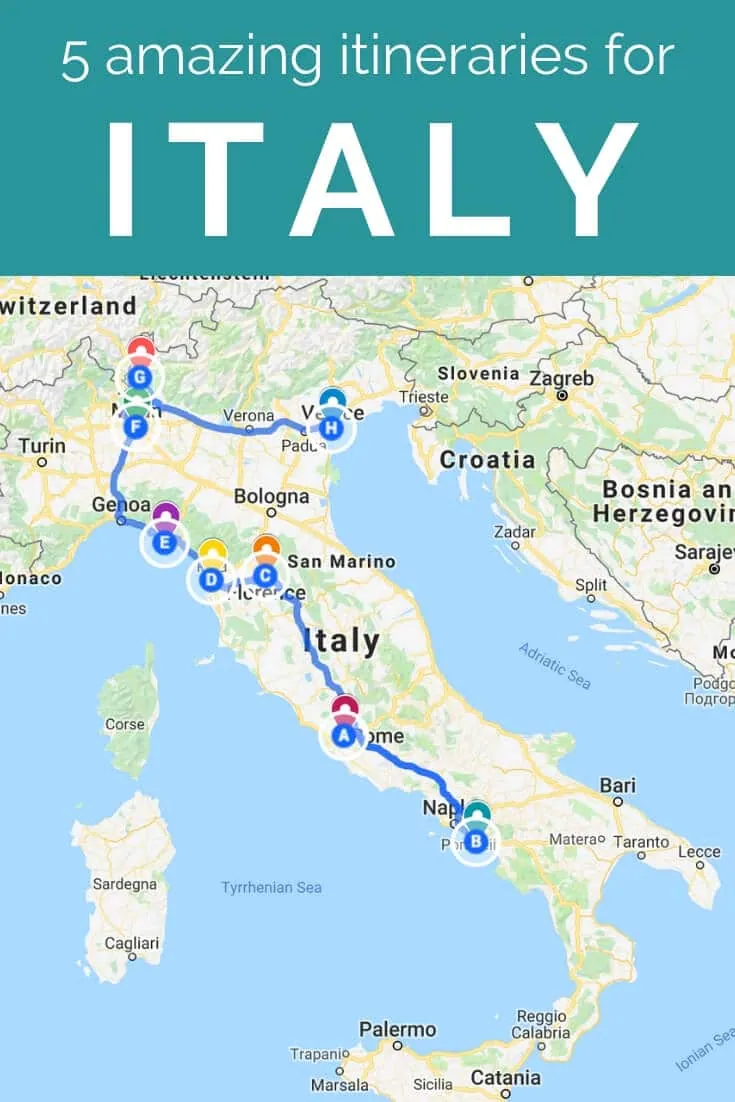
Italy is an ideal destination for a 10-day trip due to its rich history, diverse culture, stunning architecture, beautiful coastline, delicious food, and picturesque mountains. Here are some key reasons to consider Italy for your 10-day trip:
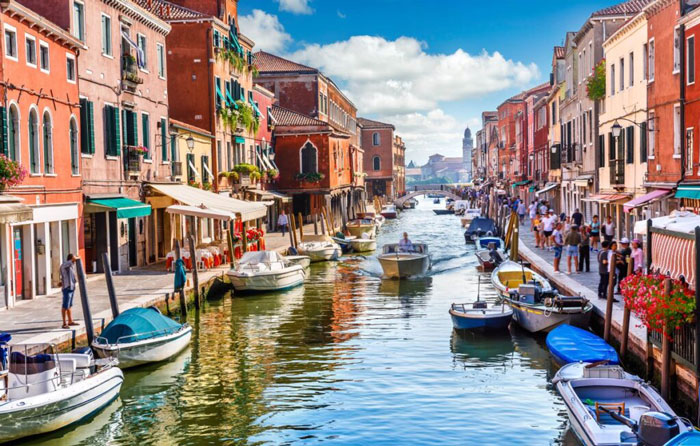
History and Culture
Italy is home to a wealth of historical landmarks, museums, and cultural attractions. From ancient Roman ruins to Renaissance art and architecture, Italy offers a unique blend of historical and cultural experiences. Sites like the Colosseum in Rome and the Uffizi Gallery in Florence provide immersive glimpses into the past. Italy’s influence on art, music, and literature remains pivotal.
Diverse Regions
Italy is a large country with diverse regions, each offering a distinct cultural, historical, and natural experience. You can explore the northern cities of Venice and Milan, the central regions of Tuscany and Florence, or the southern coast of Amalfi and Naples. Each region has its own charm. The Dolomites offer breathtaking mountain views, while Sicily presents a unique fusion of Mediterranean cultures.
Food and Wine
Italian cuisine is renowned for its rich flavors, aromas, and variety. From pasta and pizza to wine and gelato, Italy offers a culinary journey that will delight your senses. Cities like Bologna excel in pasta dishes, while Naples is the birthplace of pizza. Wine lovers can explore Tuscany for Chianti or Piedmont for Barolo.
Architectural Marvels
Italy’s architectural marvels span centuries. The Leaning Tower of Pisa, St. Peter’s Basilica in Vatican City, and Milan’s Gothic Cathedral showcase the country’s rich architectural heritage. Renaissance architecture in Florence and Baroque structures in Rome epitomize Italy’s historical grandeur.
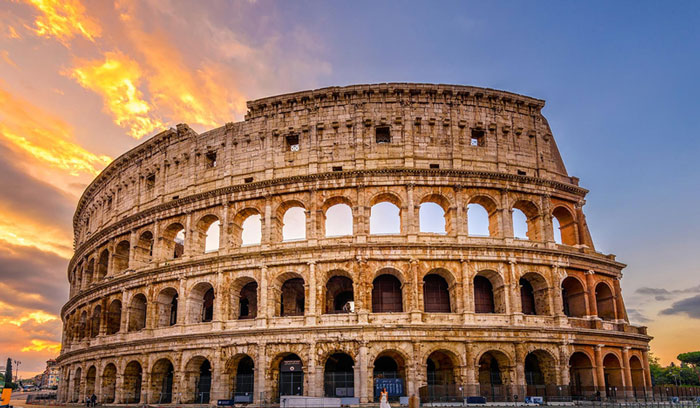
Scenic Beauty
Italy’s scenic beauty is unmatched. The Amalfi Coast’s dramatic cliffs and turquoise waters offer scenic drives and breathtaking views. Tuscany’s rolling hills and vineyards provide picturesque landscapes ideal for leisurely drives and wine tours. Lake Como in the north is surrounded by stunning villa-lined shores and mountains.
Artistic Treasures
Italy houses some of the world’s most significant artistic treasures. Michelangelo’s Sistine Chapel ceiling, Leonardo da Vinci’s Last Supper, and Botticelli’s Birth of Venus are highlights. Art enthusiasts will find a treasure trove in galleries and churches across the country.
Vibrant Festivals
Italy’s vibrant festivals add to its appeal. Events like Venice’s Carnival, Siena’s Palio, and Verona’s Opera Festival immerse you in local traditions and celebrations. Seasonal festivals reflect Italy’s diverse cultural heritage and convivial spirit, providing lively experiences.
Climate
Italy’s climate varies, making it suited for year-round travel. Summers in the north are mild and ideal for visits to the lakes and mountains. Coastal regions in the south have warm, sunny weather perfect for beach vacations. Autumn and spring offer pleasant temperatures and fewer crowds, ideal for sightseeing.
Hospitality
Italian hospitality enhances your travel experience. Warm, friendly locals provide a welcoming atmosphere. Staying in agriturismos, family-run bed and breakfasts, or boutique hotels offers personalized experiences and insights into local life.
Easy Accessibility
Italy’s well-connected transportation network makes exploring easy. High-speed trains link major cities like Rome, Florence, and Venice, reducing travel time. Regional trains and buses provide access to smaller towns and rural areas. With multiple international airports, Italy is accessible from various global destinations.
Italy’s combination of history, culture, cuisine, and natural beauty makes it a perfect choice for a 10-day adventure. The diverse experiences across regions ensure that every day brings something new and memorable.
Day 1: Arrival in Rome
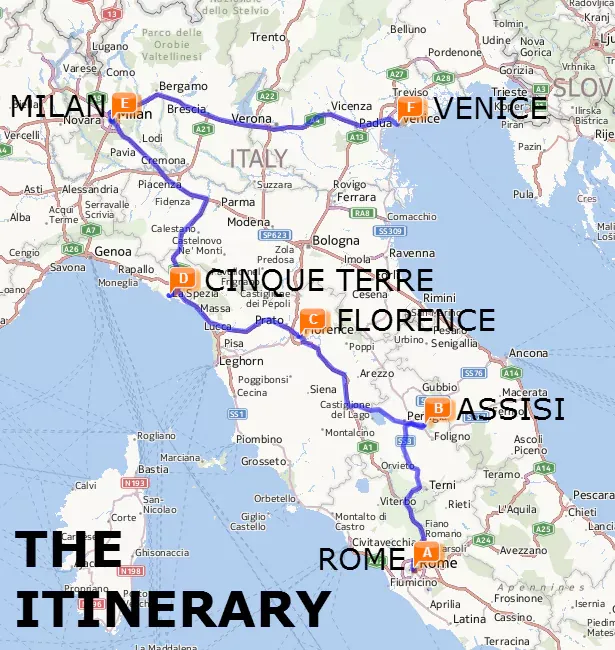
Arriving in Rome marks the start of an unforgettable 10-day journey through Italy. The city, brimming with ancient history and vibrant culture, offers a captivating first impression.
Arrival and Check-In
After arriving in Rome, I headed straight to my hotel near Roma Termini station. Staying close to the station made it easy to access the city’s primary attractions. Unpacking in a conveniently located hotel allows more time for exploration.
Colosseum
My first stop was the Colosseum, an iconic symbol of ancient Rome. This massive amphitheater, which could hold between 50,000 and 87,000 spectators, offers a glimpse into the grandeur of ancient Roman entertainment. Wandering through the arches and corridors, I marveled at the engineering feat and imagined the historical events that once took place here.
Roman Forum and Palatine Hill
From the Colosseum, I walked to the nearby Roman Forum and Palatine Hill. These sites, filled with ruins of temples, government buildings, and marketplaces, paint a picture of daily life in ancient Rome. As I strolled through the remnants of this bustling city center, I felt transported back in time, witnessing the grandeur of Roman civilization firsthand.
Traditional Italian Dinner
In the evening, I ventured to the Trastevere district for dinner. Known for its charming winding streets and delicious eateries, Trastevere is the perfect spot to enjoy authentic Italian cuisine. I savored a plate of cacio e pepe, a classic Roman pasta dish, paired with a glass of Italian wine. The meal, rich in flavor and steeped in tradition, was the perfect way to conclude my first day in Rome.
Must-See Landmarks
Rome is home to numerous landmarks that showcase its rich history and cultural heritage. Visiting Vatican City stands out as a priority. Exploring St. Peter’s Basilica and the Vatican Museums, including the Sistine Chapel, provides a deeper understanding of the city’s religious and artistic significance. Each landmark offers unique insights into Rome’s past and present, making them must-see for any traveler.
Dining Options
Rome’s dining scene is nothing short of spectacular. The city’s diverse selection of restaurants, trattorias, and street food vendors caters to every taste. For breakfast, grabbing a cornetto and cappuccino at a local café is a must. Lunchtime calls for a visit to a traditional trattoria for dishes like carbonara or amatriciana. Street food, such as supplì (fried rice balls) and pizza al taglio (pizza by the slice), provides quick bites for those on the go. For a sophisticated dinner, dining at a ristorante in the historic center offers a memorable experience, where dishes like osso buco and tiramisu await.
These dining options, combined with the city’s rich history and culture, create an unforgettable Day 1 in Rome.
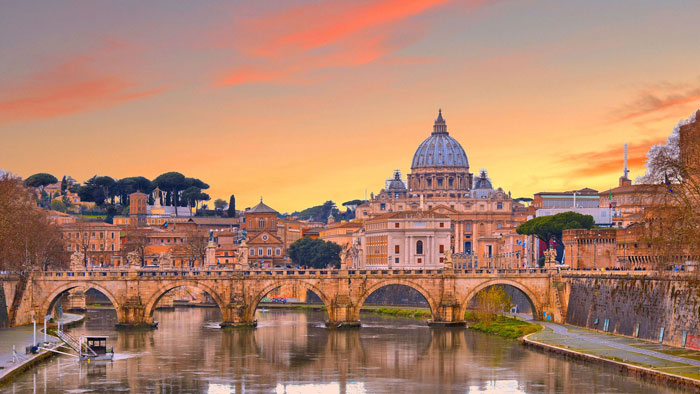
Day 2-3: Exploring Rome
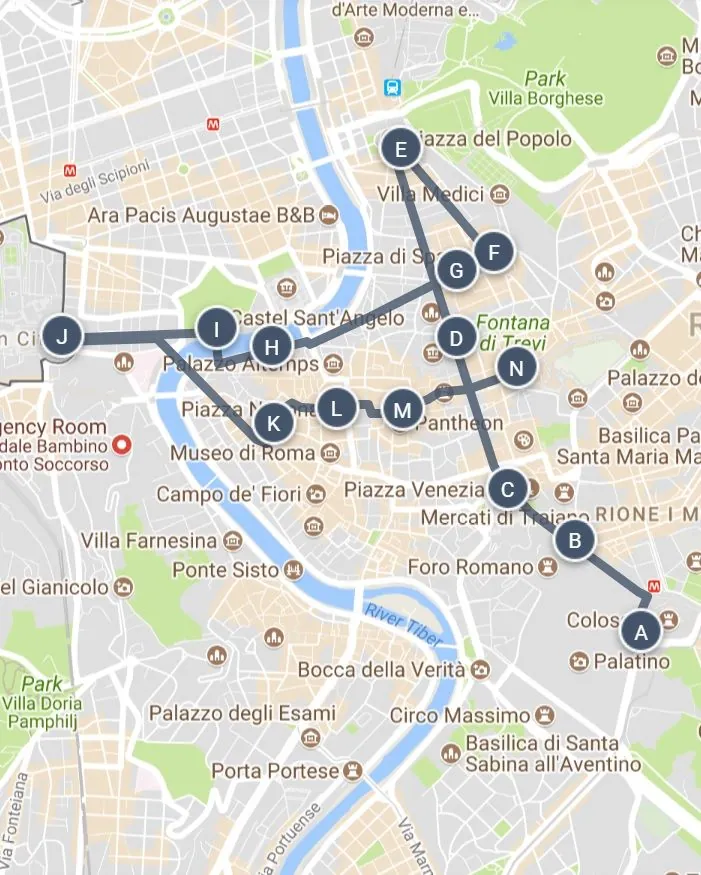
Rome offers unparalleled historic and cultural experiences. Over these two days, you can explore Vatican City and the iconic landmarks of ancient Rome.
Vatican City
St. Peter’s Basilica stands as an architectural marvel. Entry is free, but note the strict dress code which requires covering shoulders and knees. If you’re up for a bit of exercise, climbing the dome (for €8-10) yields epic views of the city.
Plus to the Basilica, the Vatican Museums house an extensive collection of art and historical artifacts. Purchasing a ticket for €17 at the door or opting for a €21 skip-the-line ticket online can save time.
Don’t skip St. Peter’s Square, where famed architect Gian Lorenzo Bernini designed the layout. The square’s grandeur complements the overall experience of Vatican City.
Colosseum and Roman Forum
The Colosseum is a must-visit. Booking entry times in advance helps you avoid long lines. If pressed for time, you can choose to appreciate its exterior and prioritize other destinations.
Adjacent to the Colosseum, the Roman Forum provides a deep jump into ancient Roman life. Key sites here include the Capitoline Hill and the towering Victor Emmanuel Monument, both worth a visit.
Should you find yourself in Rome for just a day, the “Caesar Shuffle” strategy works best: visiting the Colosseum, Roman Forum, Capitoline Hill, and Pantheon covers the core highlights. If you have two to three days, you can absorb the rich history by adding Vatican City to your itinerary.
Day 4: Tuscany and Florence
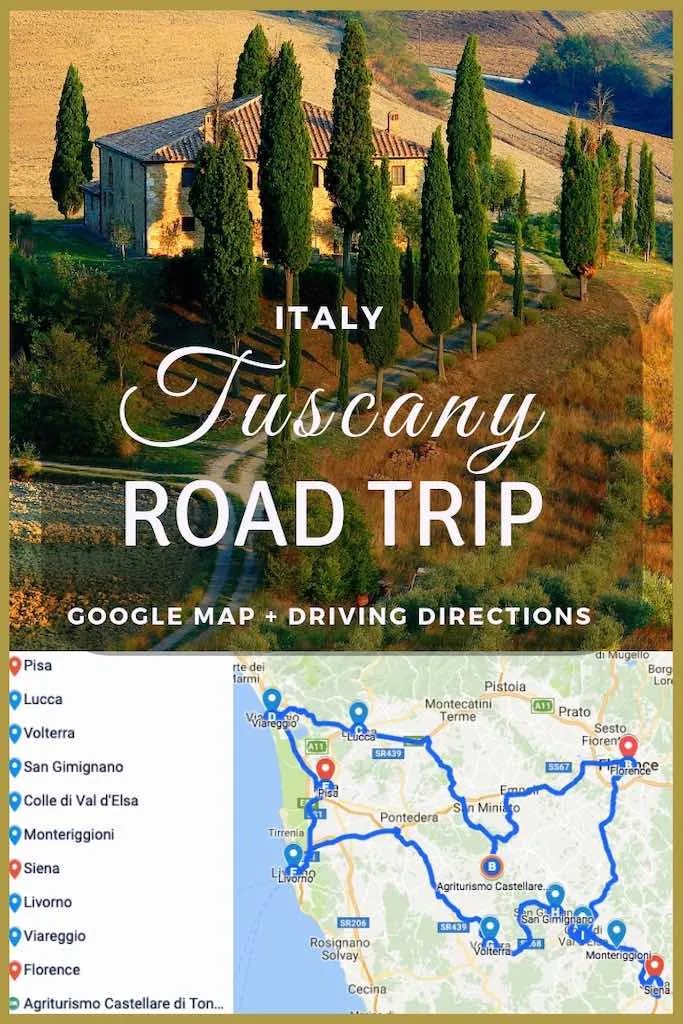
Travel to Florence
On Day 4, I traveled from Rome to Florence. The train journey between these two iconic cities took about 1.5 hours, providing a scenic introduction to Tuscany.
Top Sights in Florence
Florence offered an abundance of breathtaking sites. The Uffizi Gallery was a highlight, housing masterpieces like Botticelli’s “The Birth of Venus”. Close by, the Accademia Gallery displayed Michelangelo’s “David”, an awe-inspiring sculpture that captured human form so perfectly. In the heart of the city, the Cathedral and Duomo stood as an architectural marvel with its stunning facade and beautifully intricate dome. For a panoramic view of Florence, I headed to the Piazzale Michelangelo, which was especially beautiful at sunset. The city was walkable, making it easy to explore each attraction on foot. Alternatively, buses 12 or 13 provided convenient transport to Piazzale Michelangelo.
Additional Tips
I found Florence to be highly walkable, which made exploring the city on foot both convenient and enjoyable. For a different perspective, buses 12 or 13 were useful to reach Piazzale Michelangelo. To make the most of my visit, I indulged in traditional Tuscan cuisine and savored the region’s renowned wines, rounding off an unforgettable day in Tuscany and Florence.
Day 5: Tuscany Vineyards
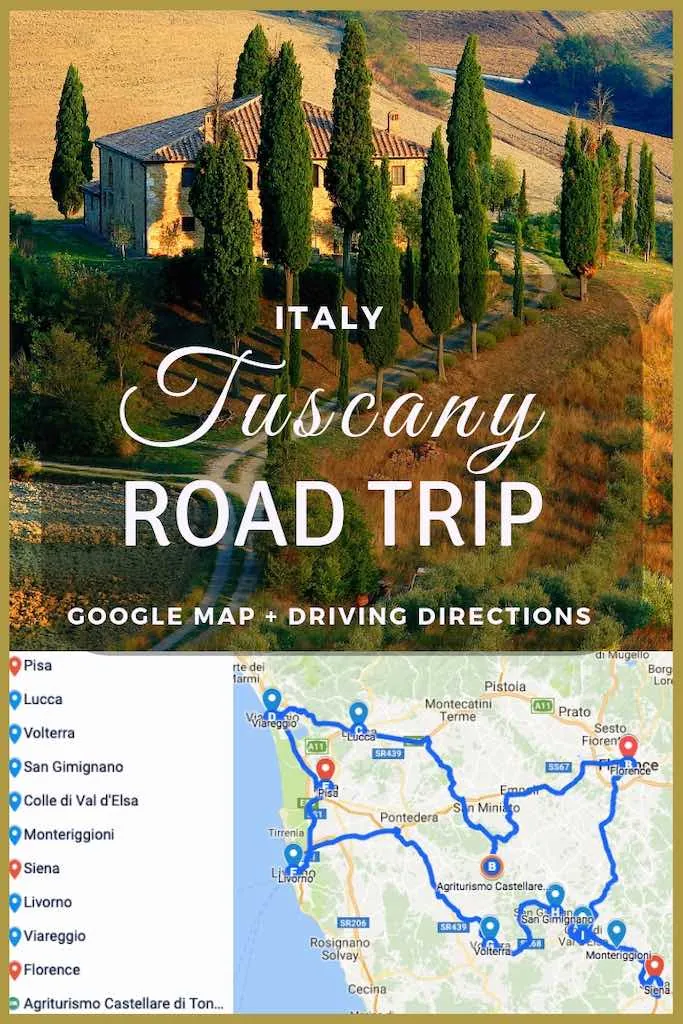
Day 5 takes us to the picturesque vineyards of Tuscany. Known for its wine, Tuscany offers a perfect blend of culture, world, and viniculture.
Wine Tasting Tours
Visiting Poggio Antico for a wine tasting tour provides an enriching experience. The tour starts with a 15-minute informative session about the vineyard’s history and wine-making process. Walking through the vineyard offers a deeper connection to the land and its produce. Poggio Antico showcases the essence of Tuscan wines with its unique terroir.
In Montalcino, Ciacci Piccolomini d’Aragona and Altesino stand out as must-visit vineyards. Ciacci Piccolomini d’Aragona, situated in the southeastern slopes of Montalcino, offers a rustic yet refined tasting experience. On the other hand, Altesino’s innovative approach to Sangiovese cultivation has made it a revered name in the region. By visiting these vineyards, I investigate deeper into Tuscany’s rich wine heritage.
Scenic Drives
Driving along SR 2 from Siena to Montalcino reveals the scenic beauty of Tuscany. This 50-minute drive takes me through Val D’Orcia, a UNESCO World Heritage site. The route, surrounded by rolling hills and picturesque villages, offers numerous spots to stop and take in the views.
Starting the drive in Florence provides easier access, thanks to good rental options. Alternatively, Pisa also serves as a convenient starting point. Each town along the way, from Siena’s medieval streets to Montalcino’s hilltop charm, ensures that every part of the journey is memorable.
Day 6-7: Venice
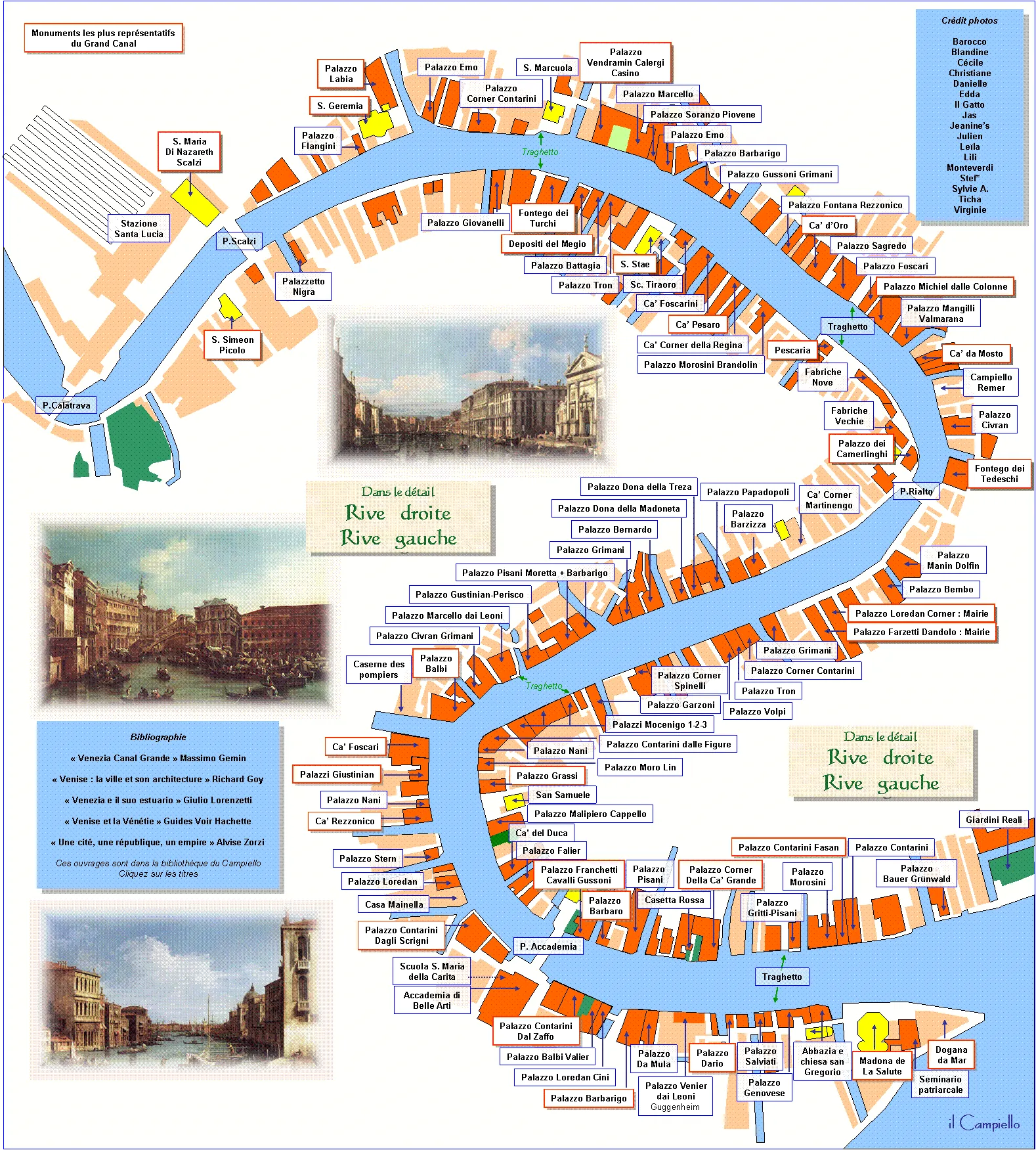
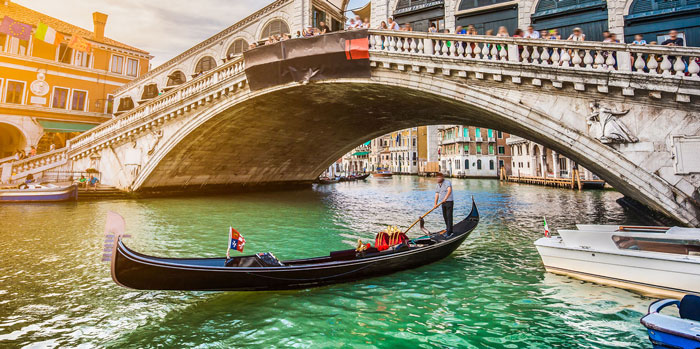
Getting to Venice
Early in the morning, I took a train from Florence to Venice. This ensured a full day in Venice. For those who prefer driving, the drive from Florence to Venice takes about three hours. Returning the rental car in Rome is a practical option.
Iconic Venice Attractions
St. Mark’s Square was my first stop, where I visited the Basilica San Marco. Entry is free, but opting for a €2 time slot online saved me hours in line. Next, I went to the Campanile di San Marco. A ride to the top costs €8. Booking in advance helped me skip the line.
I explored Doges’ Palace, a masterpiece of royal architecture. Booking a skip-the-line tour made the experience seamless. Just a short walk away, I took a quick peek at the Bridge of Sighs.
Venturing out to the islands, I visited Murano and Burano. Murano is famous for its hand-made glass, while Burano is renowned for its lace-making. Both offer unique insights into Venetian craft traditions.
I ended my day with a gondola ride. It’s quintessentially Venetian and worth the cost for the unique experience.
Day 8: Milan
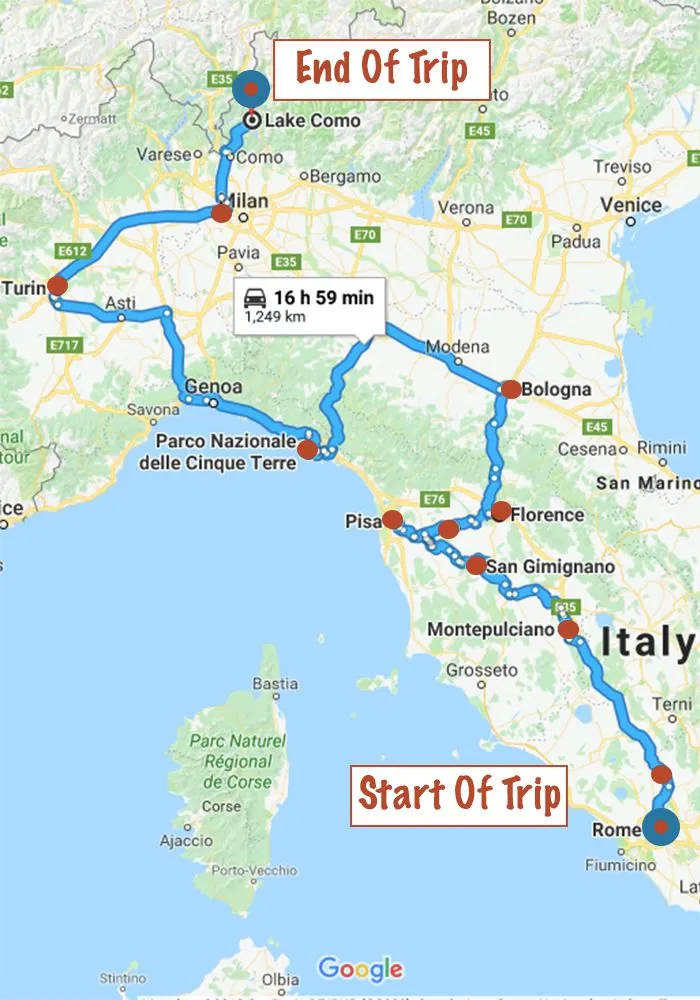
Milan offers a compelling blend of fashion, history, and culture. This dynamic city caters to diverse interests, making it an essential stop on my 10-day Italy itinerary.
Shopping Districts
Galleria Vittorio Emanuele II stands as a paragon of elegance. This historic shopping arcade, built in 1867, features high-end boutiques like Prada and Louis Vuitton. I find the cafes here ideal for a leisurely coffee while soaking in the sophisticated ambiance.
Fashion Quadrangle or “Quadrilatero della Moda” is a must-visit for fashion enthusiasts. This district includes iconic streets like Via Montenapoleone and Via della Spiga, hosting flagship stores of leading designers such as Armani and Gucci. Milan Fashion Week, which takes place twice a year, draws attention to this area, making it a global fashion hub.
Historical Landmarks
Duomo di Milano, a masterpiece of Gothic architecture completed over six centuries, dominates Milan’s cityscape. The intricate spires and statues offer stunning details, while the rooftop provides panoramic views of the city. Climbing the 250 steps or taking the elevator to the top is a rewarding experience.
Pinacoteca di Brera showcases an exceptional collection of Italian Renaissance art. Works by masters like Caravaggio and Raphael make this gallery a treasure trove. Set in a 17th-century palace, the museum’s serene courtyard adds to its charm.
Leonardo da Vinci’s “The Last Supper” can be found at the Convent of Santa Maria delle Grazie. This 15th-century mural captures one of the most famous moments in Christian history. Visiting requires advanced booking, but witnessing this iconic piece makes it worthwhile.
Additional Tips
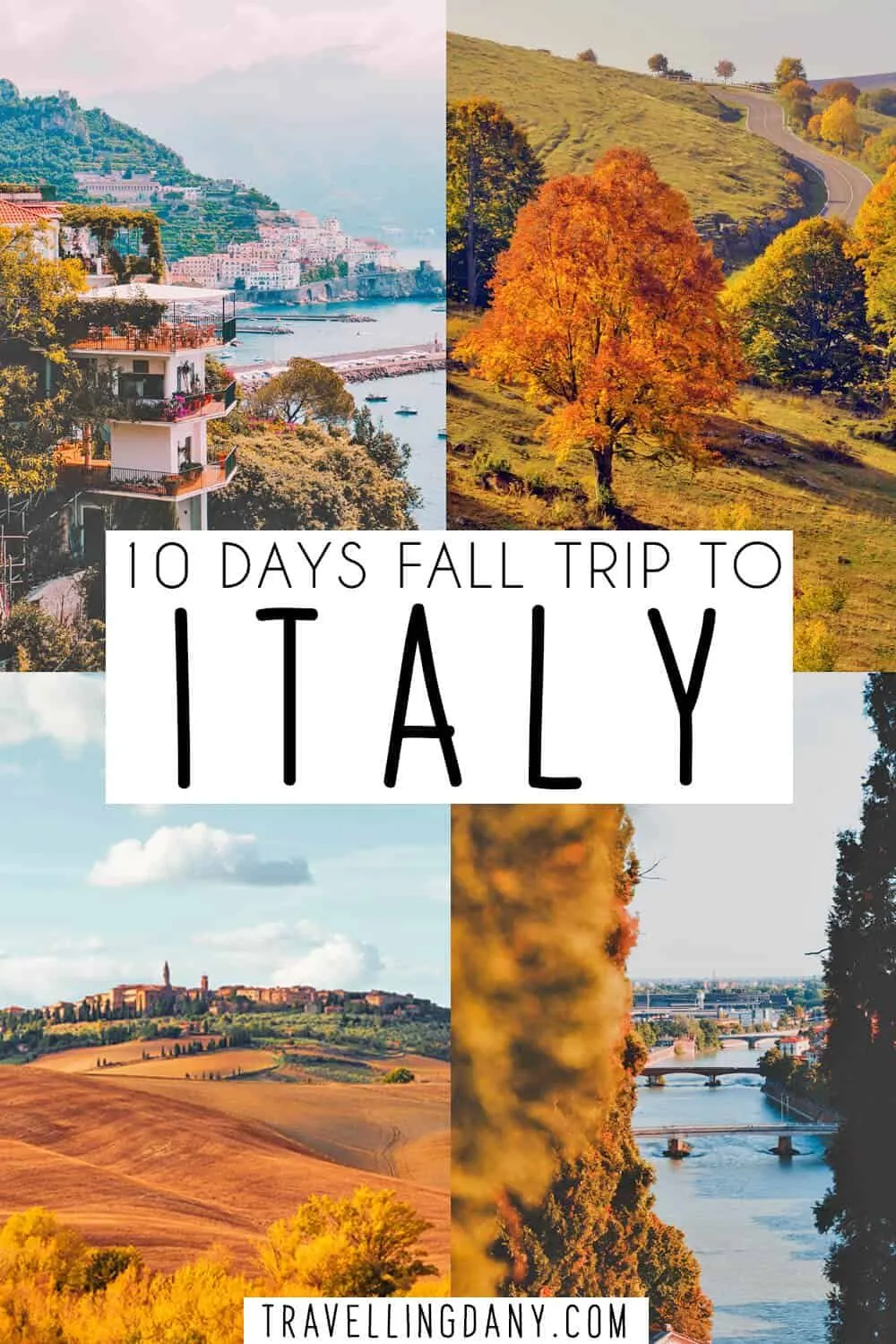
The Navigli district offers a different vibe. Its charming canals, lively bars, and trendy shops provide a perfect ambiance for an evening stroll. The aperitivo culture here is something I eagerly embrace, capping off a day of exploring with a refreshing drink and delectable snacks.
Day 9: The Amalfi Coast
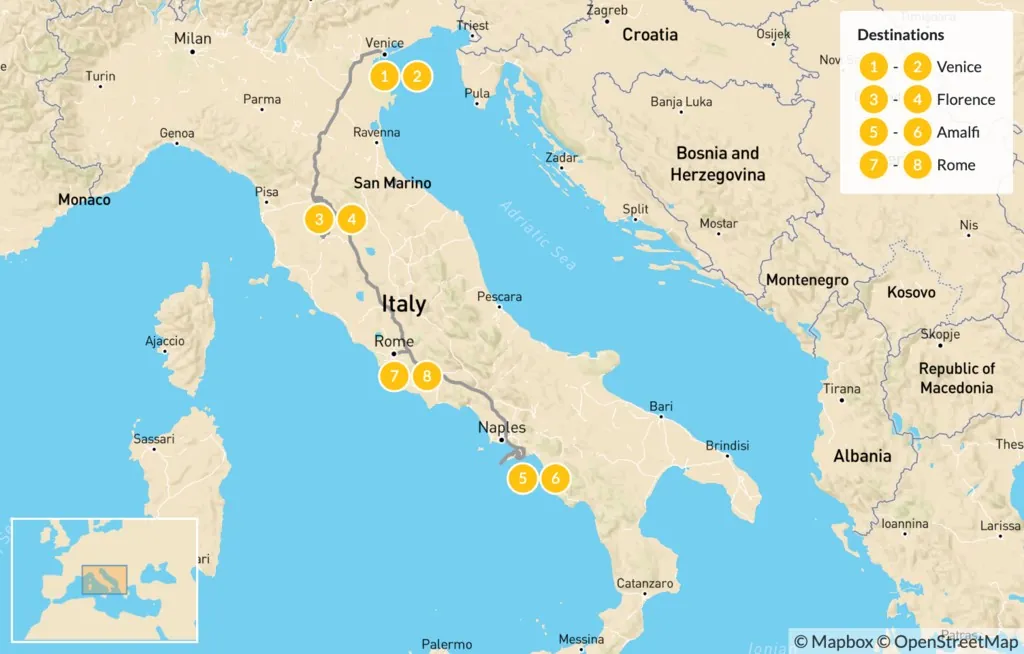
The Amalfi Coast, an iconic Italian destination, offers breathtaking landscapes and vibrant coastal towns. Day 9 focuses on exploring this stunning region.
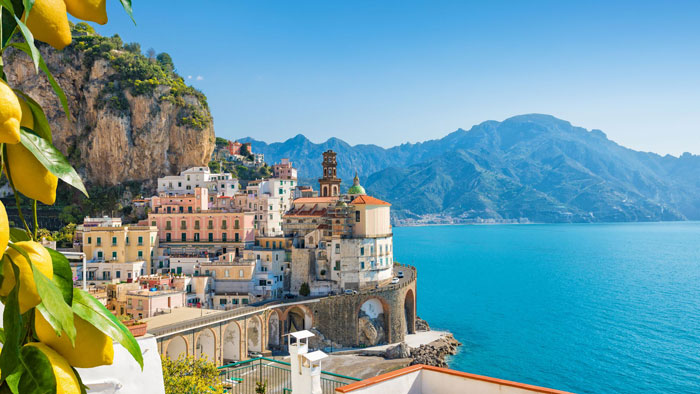
Stunning Coastal Views
Starting the day in Positano, I’m immediately captivated by the picturesque scenery. Renowned for colorful houses set against steep cliffs, this town offers stunning views of the Mediterranean Sea. The Spiaggia Grande beach, one of the area’s most popular spots, provides a perfect location to soak in the local atmosphere.
I decide to take a private boat tour in the afternoon. This experience offers a unique perspective of the Amalfi Coast, showcasing hidden coves and pristine beaches. The crystal-clear waters and dramatic cliffs make this the highlight of my trip. I stop at Furore, a small town known for its impressive ravine and scenic man-made bridge. The view from the bridge is extraordinary and a must-see.
Positano And Surroundings
Positano has a charm like no other. I spend my morning wandering through its steep streets, soon finding myself among boutique shops offering unique souvenirs. Handmade leather sandals, vibrant ceramics, and fashionable linen clothing are just some of the treasures found here.
Dinner in Positano is an unforgettable experience. I choose one of the local restaurants and indulge in traditional Italian cuisine. The seafood dishes are particularly noteworthy, paired perfectly with a glass of regional wine. The evening ambiance, complemented by the stunning coastal views, creates a perfect end to a day well spent.
Day 10: Departure
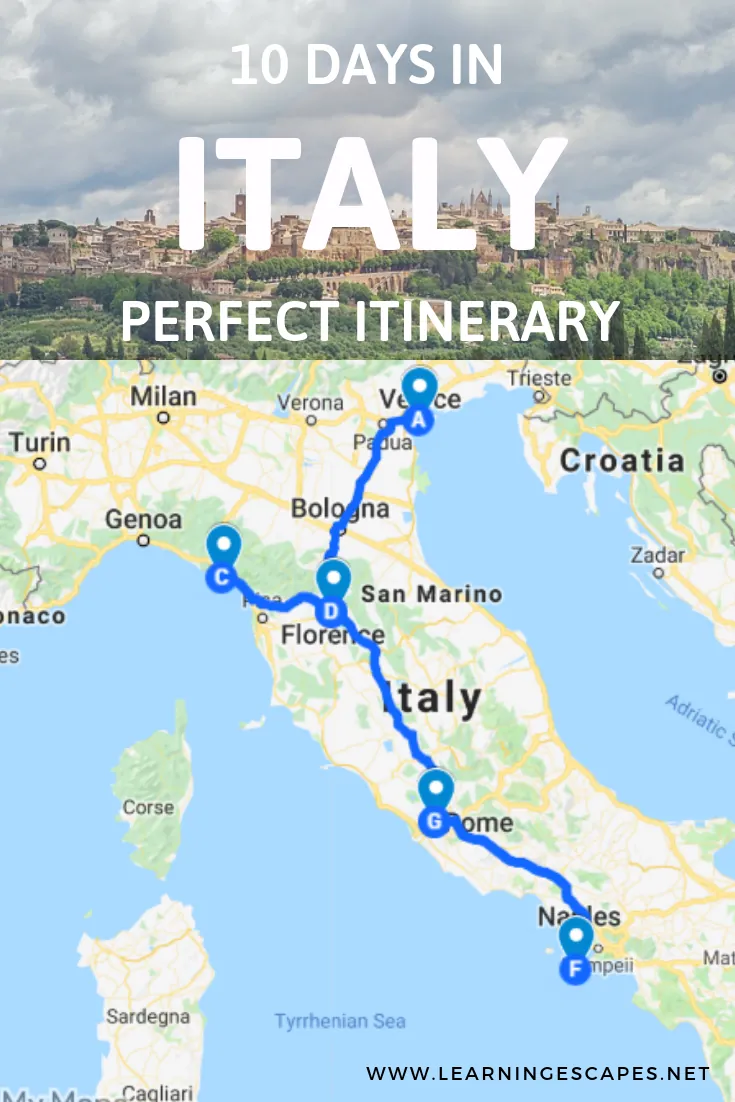
On your final day in Italy, it’s time to relax and prepare for your journey home. A well-planned last day ensures a smooth departure and a pleasant end to your trip.
Final Day Activities
- Morning Relaxation: Spend the morning unwinding at your accommodation or taking a leisurely stroll around the local area. If there are any nearby attractions you haven’t seen yet, this is your last chance to visit and snap a few final photos.
- Last-Minute Shopping: Use the morning to pick up any last-minute souvenirs or gifts for friends and family. Whether it’s a bottle of Italian wine, some handcrafted ceramics, or local fashion items, ensure you’ve got a piece of Italy to bring back home.
- Brunch or Lunch: Savor your final Italian meal at a cozy café or restaurant. Choose a spot that offers local specialties you’ve enjoyed throughout your trip or try something new. This is a great time to indulge in Italian cuisine one last time, whether it’s a classic pasta dish, a fresh seafood platter, or a delicious pastry.
- Check-Out: Ensure you check out of your accommodation on time to avoid any additional fees. Check that you haven’t left any personal items behind, and confirm any transportation arrangements to get you to your next destination.
- Travel Plans: Double-check your train or flight schedules. Ensure you know the best route to the airport or train station, considering local traffic or potential delays. If using public transport, purchase your tickets in advance to avoid last-minute hassles.
- Luggage and Documents: Keep your luggage organized and ensure all important documents, like your passport and tickets, are easily accessible. Store any delicate souvenirs safely in your carry-on to prevent damage during transit.
- Final Souvenir Check: Have one last look around your accommodation to make sure you’ve packed everything. Check drawers, closets, and bathroom areas to ensure nothing is left behind.
- Stay Relaxed: Travel with a relaxed mindset. Give yourself plenty of time to get to the train station or airport, so you’re not rushing. Enjoy the final moments of your Italian adventure, and look forward to your next visit.
Conclusion
Italy’s 10-day itinerary offers a perfect blend of history, culture, and breathtaking scenery. From the ancient wonders of Rome to the romantic canals of Venice each day brings unforgettable experiences. As you prepare for departure on the final day take time to relax and reflect on the memories made. Enjoy a last Italian meal and grab some souvenirs to remember your trip by. Organize your travel plans and luggage to ensure a smooth journey home. Italy’s charm and beauty will surely leave you eager for future visits. Until next time arrivederci!
Frequently Asked Questions
What are the must-visit cities in Italy for a 10-day trip?
For a 10-day trip to Italy, you should visit Rome, Florence, Venice, Milan, and the Amalfi Coast. Each city offers unique experiences, from historical landmarks to stunning landscapes.
How should I prepare for departure on Day 10?
On Day 10, focus on relaxation, last-minute souvenir shopping, a final Italian meal, checking out of accommodations, confirming your travel plans, organizing luggage and documents, and ensuring a smooth transition to your next destination.
What makes Italy an ideal travel destination?
Italy is ideal for travel due to its rich history, diverse culture, stunning architecture, beautiful landscapes, delicious cuisine, and warm hospitality. It’s a destination that offers something for every type of traveler.
What unique experiences do Rome, Florence, and Venice offer?
Rome offers historical landmarks like the Colosseum and Vatican City, Florence is known for its Renaissance art and architecture, and Venice boasts picturesque canals and unique charm. Each city provides a distinct cultural experience.
How to ensure a smooth departure from Italy?
To ensure a smooth departure, stay relaxed, make last-minute souvenir purchases, enjoy a final Italian meal, check out of accommodations on time, confirm travel plans, organize luggage and documents, and remain calm throughout the process.

